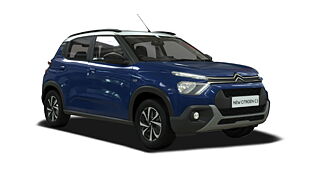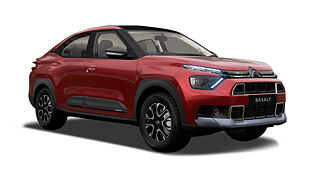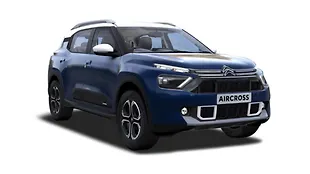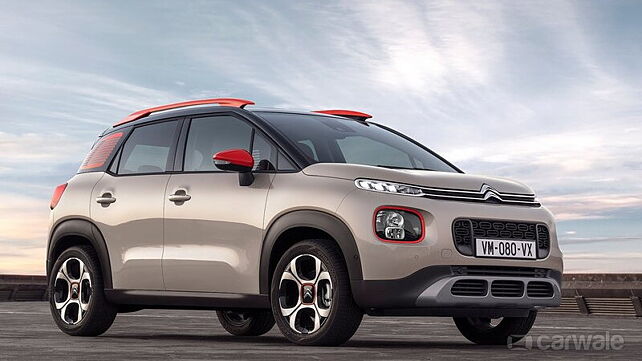
We had reported earlier that the Citroen India C-Cubed Program would include newer generation models of their current nameplates like the C3 and the C3 Aircross. But, after visiting the company’s headquarters in Paris, and having spent three days understanding Citroen’s approach for India, our previous understanding stands corrected. Here’s what we know now...The body stylesAs part of Citroen’s India plans, there will be one new model launched every year between 2021 and 2023. All three cars will be made in India with almost 95 per cent local content. What’s also clear is that Citroen is aiming for the heart of the market in India. And that means segments with the highest volumes, and the potential for most amount of growth.Enter the SUV. Given the continued success of the Hyundai Creta, that’s one segment we believe Citroen India will eye with its C-Cubed program. This segment has a fair number of models, right from the Renault Duster and Captur to the Nissan Kicks, and the soon to be launched Kia SP2. Now, even though, no other model in this segment besides Creta has been able to consistently sell well, still most of them did start out well. And that means buyers in this class are willing to experiment with new models and brands, which should play in Citroen’s favour. And that’s also one of the reasons we believe that Citroen will enter the sub-4m segment with an SUV instead of a hatchback or a compact sedan. Sure, the Maruti Suzuki Brezza is running away with the numbers. But, other players - Ford Ecosport, Tata Nexon, and now the Mahindra XUV300 - have managed to sell decent volumes as well. The same, however, cannot be said about the hatchback or the compact sedan class. In both segments, it’s mostly a two horse race. It’s the Hyundai i20 and the Maruti Suzuki Baleno in the hatch category, and the Dzire and the Honda Amaze in the sedan class.What’s more, the platform and the drivetrain options that Citroen is developing for India also hint at these two segments more than any other.

The platformLet’s talk engines first. Citroen is already making the 1.2-litre petrol in India. And, this new generation engine will be built in both naturally aspirated and turbocharged versions. The NA engine will make 90bhp while the turbocharged version could make anything between 110bhp to 130bhp given the car it will be used for. Both these engines will be coupled to 6-speed manual gearboxes, which are also being produced in India. Furthermore, Citroen can also manufacture dual clutch automatics at its JV plant in India, in both 6-speed and 7-speed versions. As is obvious, with this variety of horsepower and gearbox options, Citroen India can easily service both SUV segments. Finally, the platform. The P.S.A. Group has three platforms currently. There’s the EMP2, which is what the C5 Aircross headed to India is based on. Then, there’s the CMP platform. This is a brand new platform and there isn’t a single Citroen based on the CMP on sale currently. The new generation versions of the C3 and the C4 and their SUV and sedan versions will be based on this platform. For India though, Citroen is opting for the PF1 platform. It is the platform that the current C3 Aircross and C4 Cactus use, and like the CMP and the EMP, the PF1 is a modular platform as well. But, according to Citroen, this platform is being heavily reengineered to suit India needs. Which means the wiring architecture could be tweaked, along with dimensions including wheelbases. And, of course, the top hats for the three made-in-India cars based on this platform will be all-new. This approach would also mean the architecture for the cars would be simpler and more cost effective. Citroen assures us that there will be no shortcuts when it comes to safety or quality. But bits and bobs that aren’t relevant to the Indian consumer, and aren’t visible, are the ones that will get axed.

![Citroen C5 Aircross [2021-2022] Image Citroen C5 Aircross [2021-2022] Image](https://imgd.aeplcdn.com/272x153/n/cw/ec/38601/c5-aircross-exterior-right-front-three-quarter-103.jpeg?q=80)

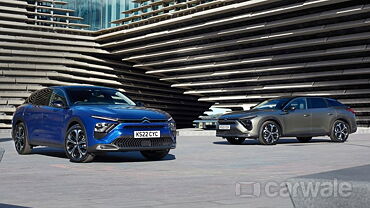













![Citroen C5 Aircross [2021-2022] Right Front Three Quarter Citroen C5 Aircross [2021-2022] Right Front Three Quarter](https://imgd.aeplcdn.com/199x112/n/cw/ec/38601/c5-aircross-exterior-right-front-three-quarter-103.jpeg?q=80)
![Citroen C5 Aircross [2021-2022] Right Front Three Quarter Citroen C5 Aircross [2021-2022] Right Front Three Quarter](https://imgd.aeplcdn.com/199x112/n/cw/ec/38601/c5-aircross-exterior-right-front-three-quarter-38.jpeg?q=80)
![Citroen C5 Aircross [2021-2022] Right Front Three Quarter Citroen C5 Aircross [2021-2022] Right Front Three Quarter](https://imgd.aeplcdn.com/199x112/n/cw/ec/38601/c5-aircross-exterior-right-front-three-quarter-102.jpeg?q=80)
![Citroen C5 Aircross [2021-2022] Dashboard Citroen C5 Aircross [2021-2022] Dashboard](https://imgd.aeplcdn.com/199x112/n/cw/ec/38601/c5-aircross-interior-dashboard-3.jpeg?q=80)
![Citroen C5 Aircross [2021-2022] Steering Wheel Citroen C5 Aircross [2021-2022] Steering Wheel](https://imgd.aeplcdn.com/468x263/n/cw/ec/38601/c5-aircross-interior-steering-wheel.jpeg?q=80)

























